SOURCE: RAUNAK KUNDE / NEWS BEAT / IDRW.ORG
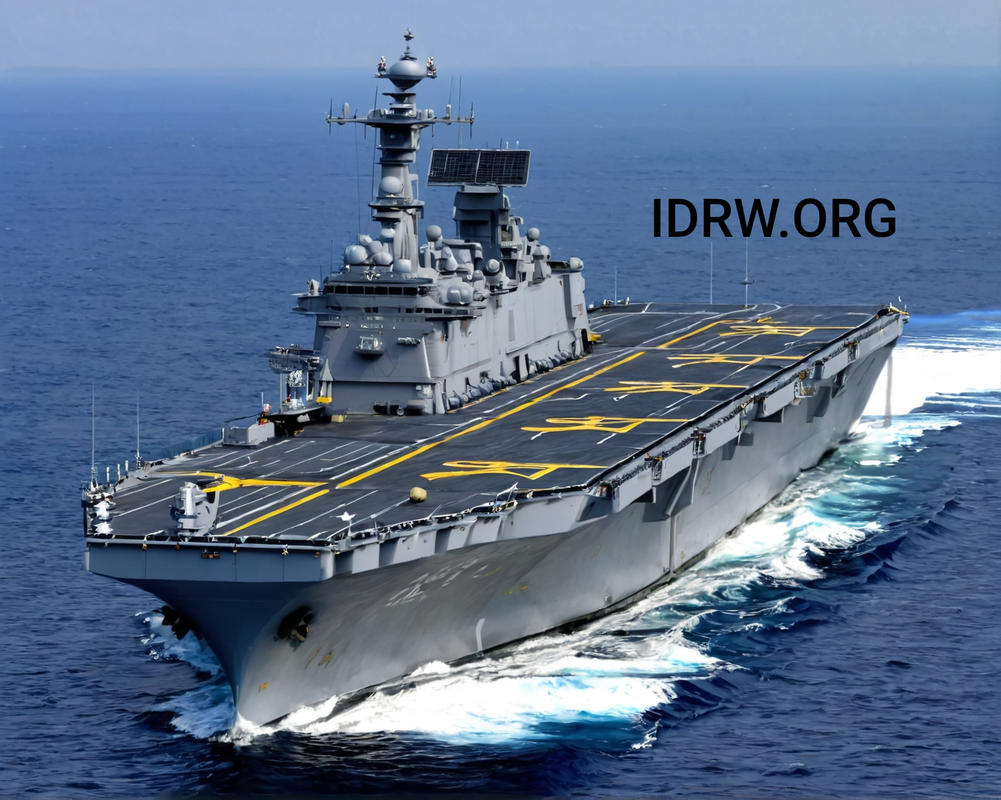
Admiral Marcos Sampaio Olsen, the commander of the Brazilian Navy, during his recent visit to India, expressed a keen interest in collaborating with Indian experts to develop helicopter carriers for its fleet.
Brazil plans to locally build two helicopter carriers to replace its current flagship, the NAM Atlantico. This multi-purpose aircraft carrier was constructed by Vickers Shipbuilding and Engineering, a part of BAE Systems.
Continue readingSOURCE: RAUNAK KUNDE / NEWS BEAT / IDRW.ORG

Mazagon Dock Limited (MDL), a leading Indian shipyard, is making substantial advancements in the development of an indigenous 5MW Electric Propulsion Motor (EPM) for submarines. The company is aiming to complete the development and testing of this critical component by December 2027.
The 5MW EPM is intended for use in the Project-76 submarine program, under which the Indian Navy plans to develop an indigenous Air-Independent Propulsion (AIP)-equipped conventional submarine with a displacement of approximately 3000 tons.
Continue readingSOURCE: RAUNAK KUNDE / NEWS BEAT / IDRW.ORG
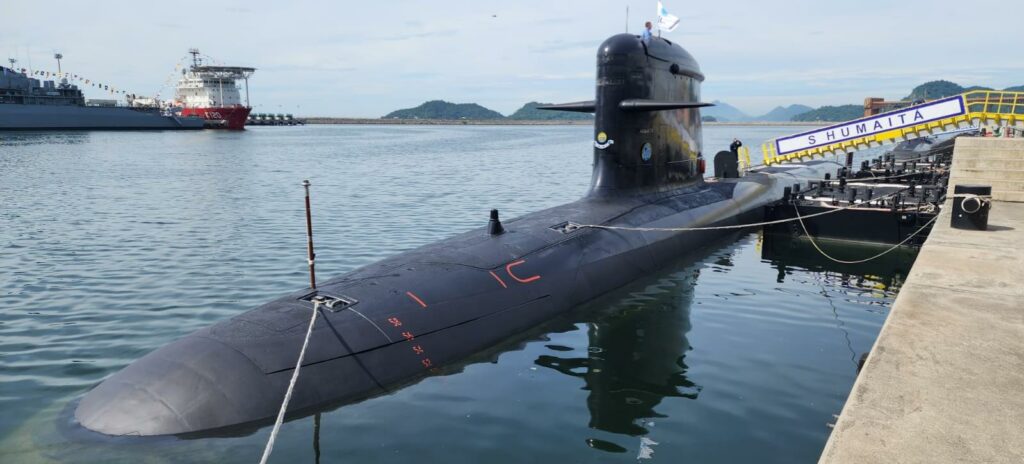
Admiral Marcos Sampaio Olsen, the commander of the Brazilian Navy, during his recent visit to India, expressed keen interest in the Fuel Cell-based Air Independent Propulsion (AIP) system developed by the Defence Research and Development Organisation’s (DRDO) Naval Materials Research Laboratory (NMRL).
The Admiral, who toured Mazagon Docks and other DRDO facilities, showcased a land-based prototype of the NMRL’s AIP system. This system has successfully undergone testing and is slated to be incorporated into the first Kalvari-class submarine in 2025.
Continue readingSOURCE: AFI
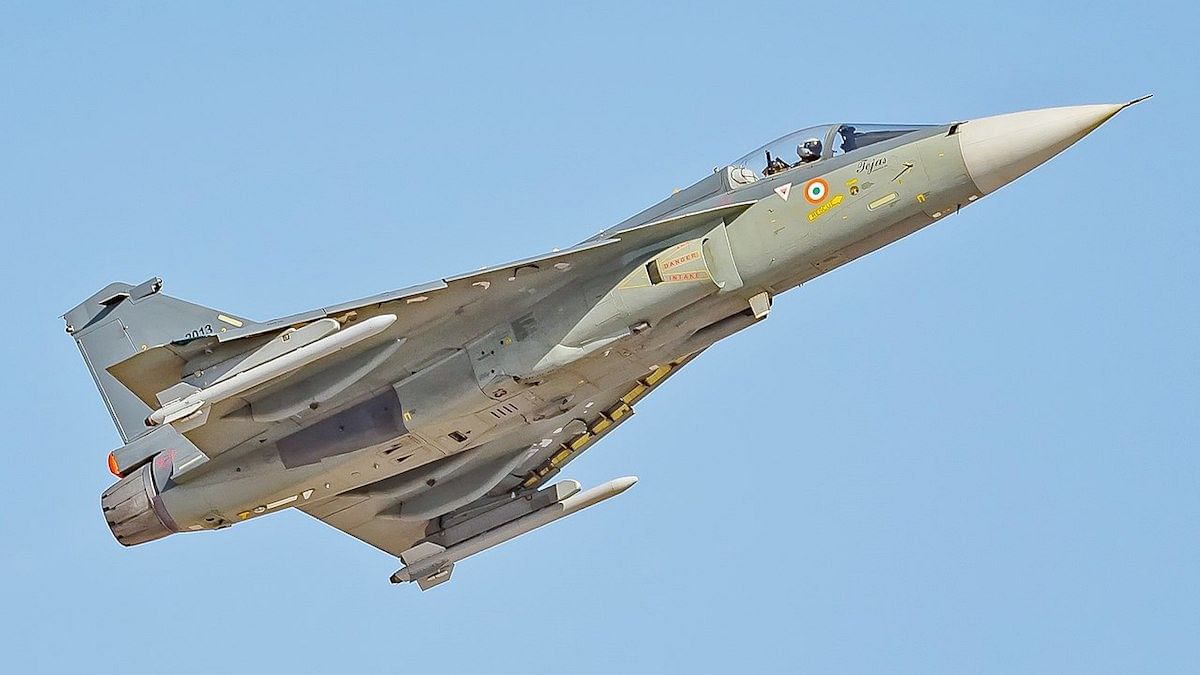
An Egyptian delegation recently toured the facilities of Hindustan Aeronautics Limited (HAL) to inspect the Tejas Mk1A production line. This visit suggests that Egypt is seriously considering purchasing the Indian-made light combat aircraft to bolster its air defense capabilities.
While Egypt currently operates a mix of French Rafale and older F-16 fighter jets, the limited range of their air-to-air missiles due to lack of latest AMRAAM and Meteor has prompted the country to explore alternative options. India’s Tejas, armed with advanced weaponry, appears to be a promising candidate.
Continue readingSOURCE: AFI

The Indian Army is poised to significantly enhance its artillery capabilities with the planned upgrade of 145 M777 155mm Light-Weight Towed Howitzers. This upgrade will involve replacing the current 155mm 39 caliber barrels with longer 155mm 52 caliber barrels.
The move is expected to provide the Indian Army with a significant boost in firepower and range. The longer barrels will allow the M777s to fire shells over greater distances, making them more effective in counter-battery fire and deep strike operations.
Continue readingSOURCE: AFI

Star Aerospace, a leading Indian aerospace company, has secured a contract worth ?18 crore to supply 2000 upgraded kits for the Indian Army’s INSAS Light Machine Gun (LMG). The upgrade kits will enhance the capabilities of the INSAS LMG, making it more effective for modern combat operations.
The modification/upgradation system offered by Star Aerospace includes several key features:
Continue readingSOURCE: AFI

The Indian Army has inducted a new technological marvel into its ranks: unmanned robotic dogs. These sturdy, steel-made machines, officially named MULES (Multi-Utility Legged Equipment), are designed to assist troops in various tasks, from surveillance to combat support.
The MULES, which resemble real-life dogs in appearance, are equipped with a range of advanced features. They can carry heavy payloads, including surveillance equipment, small arms, sensors, and even thermal imaging cameras that provide clear images in low-light conditions. Their ability to climb stairs and navigate challenging terrain makes them ideal for reconnaissance missions, especially in urban environments or mountainous regions.
Continue readingSOURCE: PTI

India on Friday successfully conducted the preliminary automotive trials of the light tank, Zorawar, a highly versatile platform being developed to boost the Army’s combat capabilities along the frontier with China.
The tank demonstrated “exceptional” performance, efficiently meeting all the intended objectives during the field trials conducted in desert terrain, the defence ministry said. The Defence Research and Development Organisation (DRDO) and the L&T Defence are developing the air-transportable 25-tonne tank that has been designed for rapid deployment largely along the frontier with China.
Continue readingSOURCE: PTI
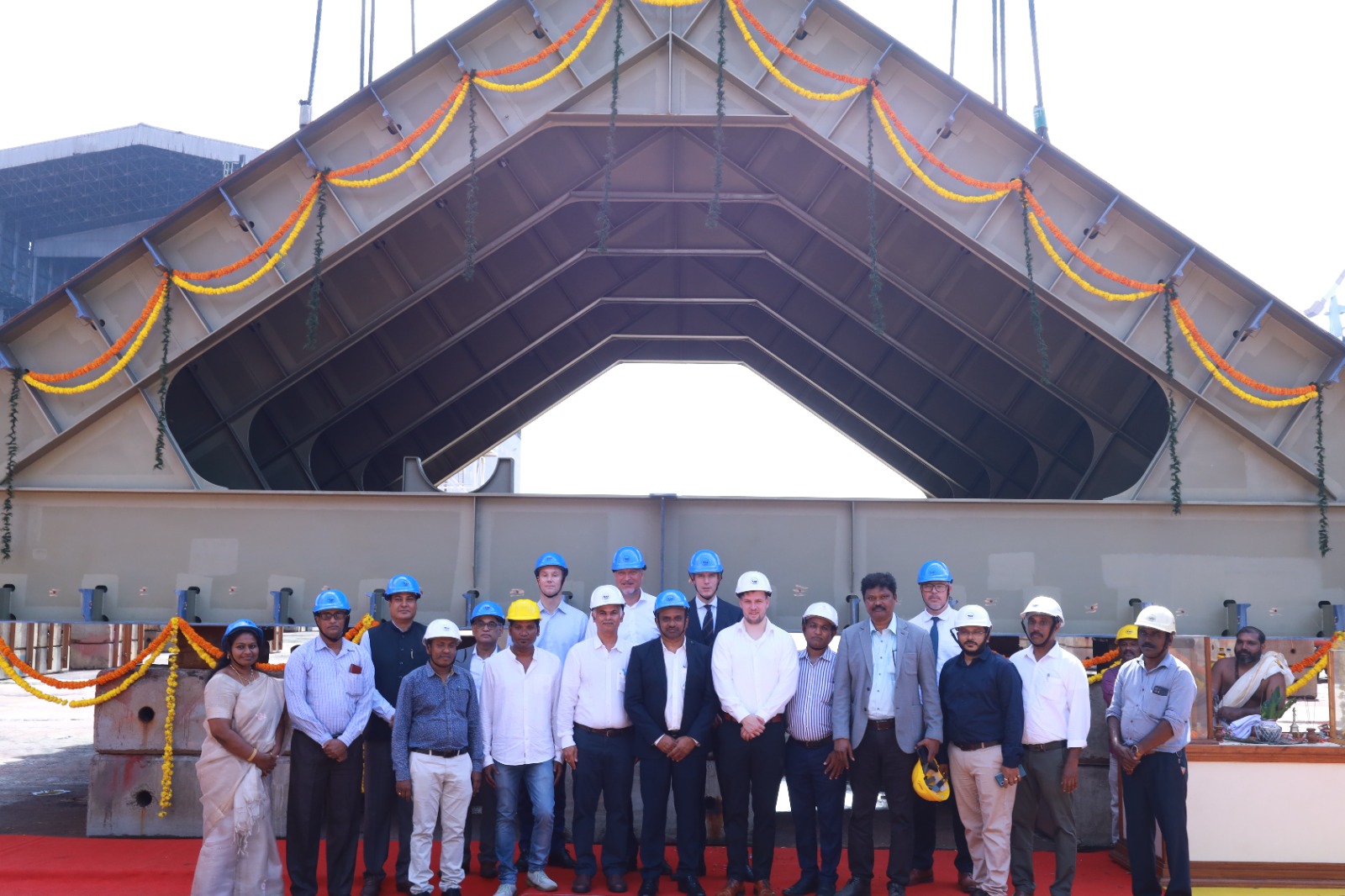
The Cochin Shipyard Limited (CSL) on Friday laid the keel of India’s largest dredger, for the Dredging Corporation of India (DCI). To be named as ‘DCI Dredge Godavari’, the Trailing Suction Hopper Dredger (TSHD) has a hopper capacity of 12,000 cubic meters, CSL said.
The keel for DCI Dredge Godavari, was laid by Union Minister of Ports, Shipping & Waterways, Sarbananda Sonowal virtually. The function was attended virtually by dignitaries including the Ambassador of the Kingdom of the Netherlands to India, Her Excellency Marisa Gerards and CSL MD, Madhu S Nair.
Continue readingSOURCE: IDRW.ORG TEAM

Admiral Marcos Sampaio Olsen, the commander of the Brazilian Navy, has expressed interest in collaborating with India’s Mazagon Dock Limited (MDL) for a major refit of its Scorpène-class submarines.
Brazil operates the Riachuelo-class submarines, which are based on the French Scorpène design. The Indian Navy also has a fleet of six Kalvari-class submarines, which are essentially the same as the Riachuelo-class.
Continue readingSOURCE: IDRW.ORG TEAM

CAE Defense & Security USA has secured a significant contract to provide the Indian Navy with advanced training devices to support its fleet of Sikorsky MH-60R Seahawk helicopters. Valued at $57 million, the deal includes a tactical operational flight trainer (TOFT) and an avionics maintenance and weapons load trainer.
The training devices will be tailored to meet the specific requirements of the Indian Navy, featuring modifications such as an identification friend or foe interrogator and transponder, a traffic collision avoidance system, and the ability to simulate the use of anti-ship missiles and depth charges. These enhancements will ensure that Indian Navy personnel are fully equipped to operate and maintain the MH-60R helicopters effectively.
Continue readingSOURCE: AFI
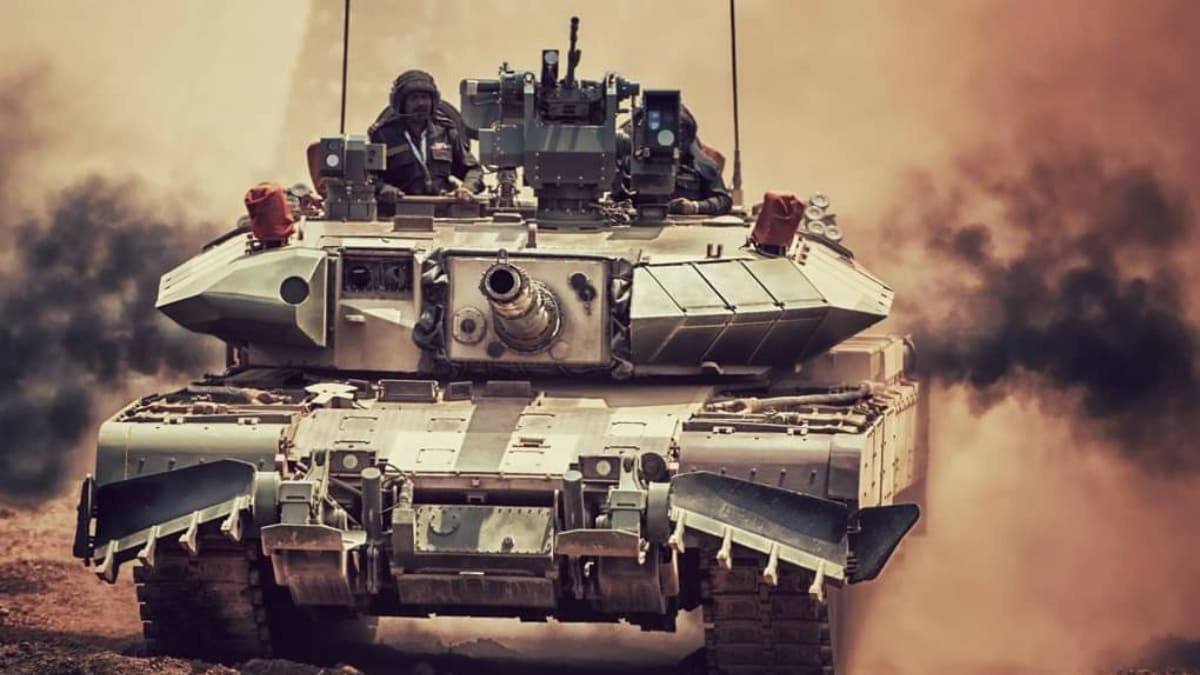
The future of the DRDO’s Arjun main battle tank (MBT) program hangs in the balance as the Indian Army prioritizes the development of the Future Ready Combat Vehicle (FRCV). With limited orders and ongoing challenges, the Arjun program, which has spanned over three decades, may soon be deemed a failure.
The FRCV is set to supersede the Arjun MBT, signaling a shift in the Indian Army’s modernization plans. The Arjun program has faced setbacks, including a shortfall in orders from the Indian Army. Despite initial expectations of 500 units to make the program financially viable, the current order tally stands at less than 250 tanks. This shortfall has cast a shadow over the program’s future.
Continue readingSOURCE: AFI

The recent commissioning of the INS Arighaat, India’s fifth nuclear-powered ballistic missile submarine (SSBN), marks a significant milestone in the country’s strategic Indo-Pacific framework. According to former Indian naval officer Commodore C Uday Bhaskar, the development is particularly noteworthy given China’s “creeping assertiveness” along its border with India.
India joins an elite club of nations, including the United States, Russia, Britain, France, and China, that possess nuclear-powered ballistic missile submarines. Bhaskar emphasized that neighboring nations will be keenly observing India’s progress, especially considering the country’s growing domestic defense manufacturing and hi-tech design capabilities. Pakistan, in particular, is likely to monitor India’s expanding naval power closely.
Continue readingSOURCE: AFI

The Indian Air Force’s (IAF) decision to not assign a new combat aircraft design project to the Hindustan Aeronautics Limited (HAL) immediately after the HF-24 program proved to be a significant misstep. This lack of foresight led to a gradual erosion of design expertise within HAL, a critical asset for the nation’s defense industry.
The HAL design bureau, which had demonstrated its capabilities with the HF-24, was left with little to no design work following the project’s completion. As a result, valuable experience and knowledge were lost, hindering the organization’s ability to contribute meaningfully to future aircraft development efforts.
Continue readingSOURCE: AFI

A new image, circulating on Chinese social media, has ignited speculation about the progress of the FC-31/J-31 stealth fighter program. The image appears to show a J-31 prototype during a test flight, with a prominent Electro-Optical Targeting System (EOTS) visible in its chin.
The rapid development of the J-31 program suggests that China is making significant strides in its 5th-generation fighter technology. The inclusion of the EOTS, a crucial component for advanced targeting and reconnaissance, further underscores the aircraft’s capabilities.
Continue reading